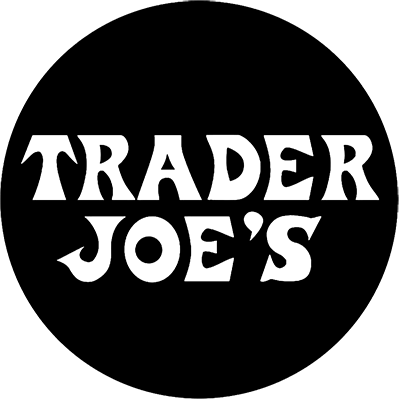Tags
#Taglines
Create a message map for each product
Message maps are simple one-page visual descriptions of a product. At Apple, they use them to lay the foundation for all of their messaging from a 30-second elevator pitch to a 10-minute conversation with a customer. By keeping their message simple and consistent, Apple makes it easier for employees and customers alike to repeat and share the story.
Step one: Create a Twitter-friendly headline
This will be your overarching key message. It should summarize your product's value in one sentence that is less than 140 characters.
- iPod: 1,000 songs in your pocket.
- MacBook Air: The world’s thinnest notebook.
- iPhone: Apple reinvents the phone.
- iPad: A magical and revolutionary device.
- iTunes Music Store: Music downloads done right.
- iCloud: Stores your content and wirelessly pushes it to all your devices.
Step two: Create three (or at most four) supporting messages
Neuroscience finds that people can only recall about three or four pieces of information at most, so Apple boils their messages down to just that.
- The iPhone was (1) a revolutionary phone, (2) the Internet in your pocket, and (3) the best iPod ever created.
- The MacBook Air was (1) thin, (2) light, and (3) wicked fast.
Step three: Develop three or four details for each of your supporting messages
These details can include data, stories, and examples. This is where Apple staff have the flexibility to make the stories they share more personal or relatable to the customer.
Step four: Share and repeat the message ad nauseam
Relentless repetition is the key to memorability. Yes, it might seem creepily cultish; and yes, you're going to get tired of the message; but that's exactly when customers are able to just start repeating it themselves. So stay strong and stay the course.
See what's next (2015)
Gretel, a branding, strategy, and design studio created Netflix's first tagline, which was meant to inspire feelings of exploration, innovation, anticipation, and curiosity.
Turn a legal issue into a PR event
In 1990, Southwest revealed their new slogan 'Just Plane Smart.' Stevens Aviation, who had been using a similar tagline, 'Plane Smart,' for years, contacted Southwest with a proposition: Instead of getting lawyers involved, the two CEOs would determine the rights to the slogan over an arm wrestling match.
Southwest took Stevens Aviation up on the offer and the two CEOs battled it out in front of 4,500 spectators and several news outlets. Southwest's CEO, Herb Kelleher, would end up losing the match but Stevens Aviation CEO allowed Southwest to continue to use the slogan. In the end, Southwest earned as much as $6 million in publicity and Stevens Aviation saw a 25% annual growth for the next four years.
Thanks for listening (1976)
By the time Joe Coulombe retired from Trader Joe's he had written and recorded over 3,300 educational 60-second radio promotions for Trader Joe's. He ended off every single one of those with this tagline.




